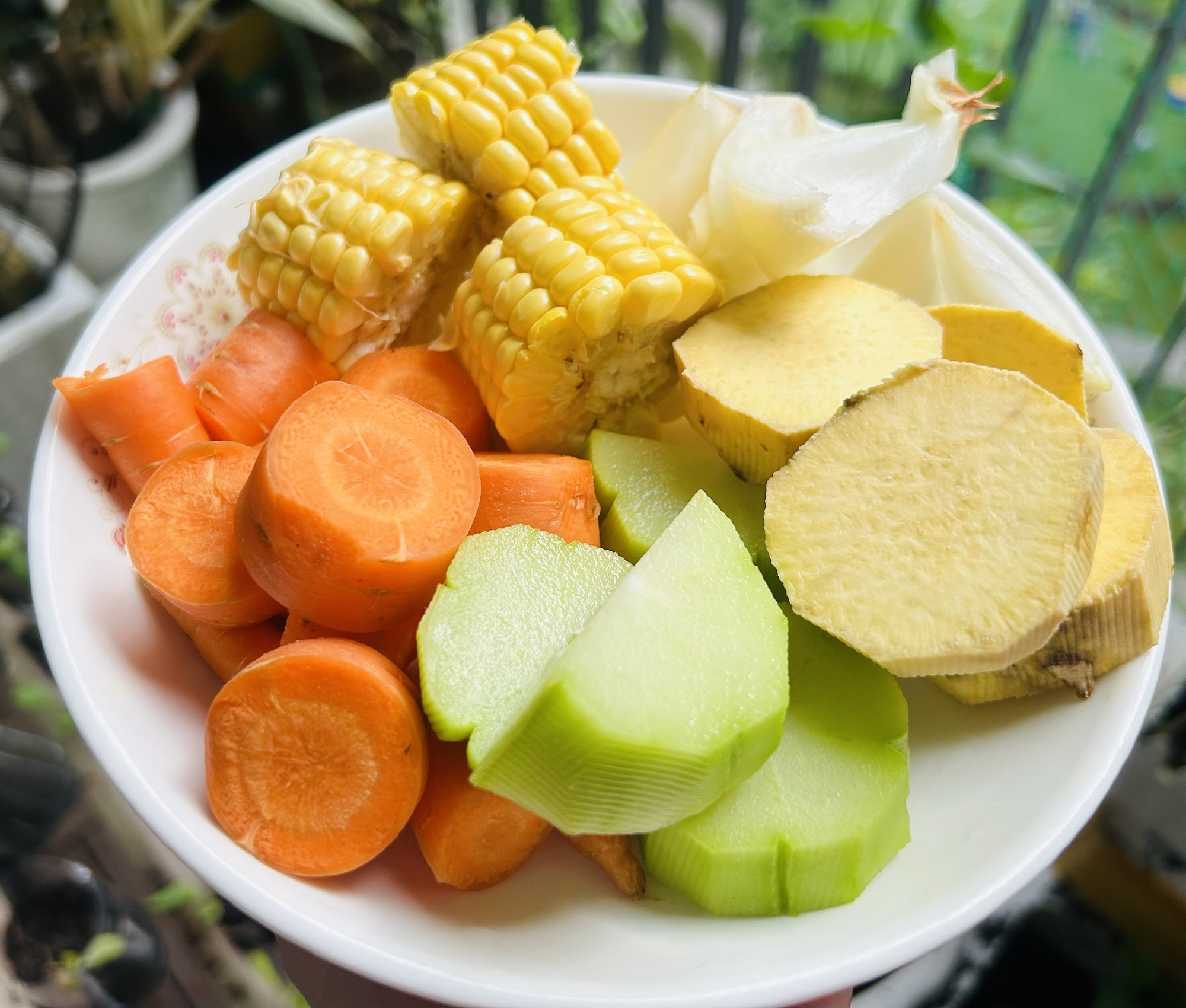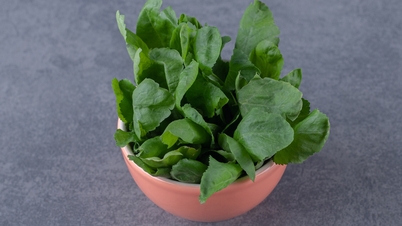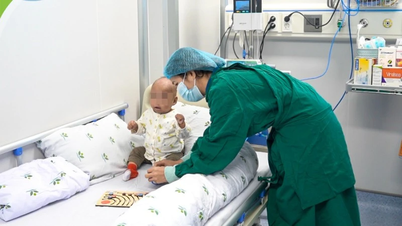Dr. Tran Thi Ngoc Anh - Department of Endocrinology, Nguyen Tri Phuong Hospital, said that diabetes is a medical condition that is greatly affected by diet, especially sweet and sugary foods. There are many formulas to help patients adjust their diet. Below are two main methods to help patients estimate their food portions, thereby contributing to blood sugar control.
Fork method
Use a plate about 1 hand's diameter (about 20 cm). In a meal, 1/2 of the plate will be non-starchy vegetables such as cabbage, watercress, asparagus, lettuce, radish, eggplant, broccoli, Chinese cabbage, kohlrabi, okra, cucumber, spinach, brussel sprouts, green beans. 1/4 of the plate will be protein foods such as chicken, eggs, fish, beef, pork or beans, tofu. The remaining 1/4 will be starchy foods such as potatoes, rice, noodles, fruit or a glass of milk. Use filtered water after meals.

Using a plate helps measure the amount of food in each food group.
Hand method
This method helps to estimate simple servings based on the palm of your hand. Accordingly, in a meal, you will use the amount of fiber such as vegetables that fits 2 palms. The amount of starch or fruit that fits 1 handful. Protein (meat, fish, eggs) fits 1 palm. Fat such as butter, fish oil, seed oil... the amount of about 1 thumb. In addition, add 200 ml of unsweetened milk.
British doctors also recommend choosing fats rich in long-chain fatty acids such as fish oil and seed oils over animal fats. Salt intake should be limited to less than 2.3 grams per day.
Avoid soft drinks, sweets or foods high in sugar. Focus on three meals a day and avoid snacking, especially for patients using insulin injections.
Source link



![[Photo] Students of Binh Minh Primary School enjoy the full moon festival, receiving the joys of childhood](https://vphoto.vietnam.vn/thumb/1200x675/vietnam/resource/IMAGE/2025/10/3/8cf8abef22fe4471be400a818912cb85)
![[Photo] Prime Minister Pham Minh Chinh chairs meeting to deploy overcoming consequences of storm No. 10](https://vphoto.vietnam.vn/thumb/1200x675/vietnam/resource/IMAGE/2025/10/3/544f420dcc844463898fcbef46247d16)



































































































Comment (0)